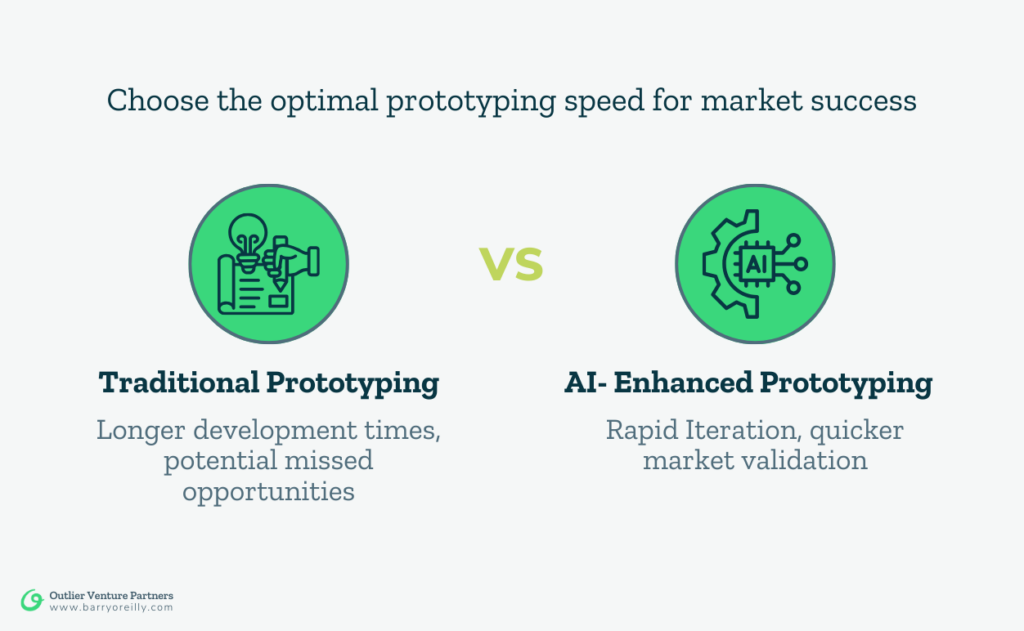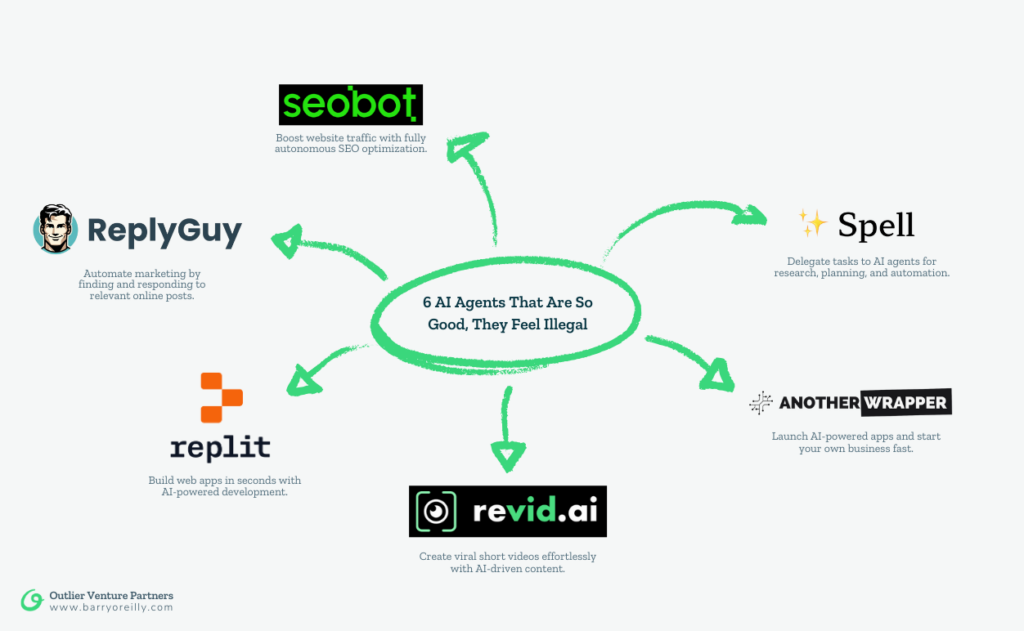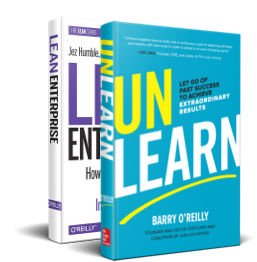In today’s fast-paced innovation landscape, the rules of product development are being rewritten. The rise of artificial intelligence (AI) has not only accelerated the way we build and test products but also transformed how teams operate, collaborate, and innovate.
The speed of prototyping and testing has never mattered more than it does now—and the stakes are higher for executives and startup founders alike.
This blog explores how AI is reshaping product development and why embracing speed, focus, and iteration is critical to success.
1. Why the Speed of Prototyping and Testing Has Never Mattered More
The competitive edge today hinges on how quickly a product can move from concept to market validation. With markets evolving at breakneck speed, being slow to prototype and test ideas can mean missed opportunities.
AI tools have redefined the pace of development, enabling teams to:
- Generate mockups and data models in hours instead of weeks.
- Test multiple iterations simultaneously to identify what works best.
What used to take months now happens in days or even hours. The faster you test, the faster you learn—and the closer you get to delivering real value.

2. Mindset Shifts Required for AI-Driven Prototyping
To harness the full potential of AI in product development, leaders and teams must adopt new ways of thinking:
- Iterative Over Perfection: Move away from traditional perfectionism. Instead, focus on building minimum viable products (MVPs) that can be tested and refined quickly.
- Embrace Timeboxing: Set artificial pressure points to force action and decision-making. If a task takes longer than 90 minutes, you may need to rethink your approach.
- Faster Feedback, Learn Faster: Treat every iteration as a step closer to success. Failures are no longer setbacks but valuable data points.
As I often remind my teams, “If it’s taking longer than 90 minutes to solve, you’re approaching it wrong.”
3. How Ways of Working Are Shifting
AI is not just a tool; it’s a catalyst for cultural change within organizations. Teams are increasingly embracing:
- Asynchronous Collaboration: AI tools automate meeting notes and summaries, making real-time participation less critical. Information flows more seamlessly, even across distributed teams.
- Autonomous Workflows: Automating repetitive tasks allows teams to focus on high-value activities. For example, automating investor outreach with personalized AI agents frees up time for strategic planning.
- Efficiency at Scale: AI enables teams to iterate quickly, eliminating traditional bottlenecks like waiting for approvals or rework cycles.
In distributed setups, “Information doesn’t move if it stays buried in meetings or emails.” AI-driven systems help surface what matters most.
4. Tools to Accelerate Your Process
Leveraging the right tools is key to maintaining speed and efficiency in prototyping. Here are some game-changers:
- CMS Tools with AI: Tools like ChatGPT Pro and Lead.IO can generate data models, draft prototypes, and automate workflows with minimal manual input.
- Automation Platforms: Zapier and Make.com streamline repetitive processes, such as syncing meeting notes with Slack or generating task lists.
- AI-Powered Outreach: Custom-built AI agents, as seen at Nobody Studios, can identify and prioritize investor leads, enabling efficient engagement.
These tools not only reduce the time spent on mundane tasks but also provide insights that would be difficult to uncover manually. For even more advanced AI agents that push the boundaries of automation and productivity, check out “6 AI Agents That Are So Good, They Feel Illegal“.

5. Use Cases: AI in Daily Workflows
AI is already transforming daily operations in profound ways. Here are a few practical examples:
- Meeting Automation: Tools like Otter.ai transcribe meetings and summarize key action points in real time. This reduces the need for manual reporting and follow-ups.
- Investor Relations: AI agents streamline outreach by analyzing connections and automating personalized introductions.
- Rapid Prototyping: AI-driven platforms can produce MVPs in under a week, allowing teams to test ideas before investing heavily.
For example, at Nobody Studios, we developed a prototype for a CMS-based product in just days by timeboxing development cycles and focusing on one high-impact feature.
6. The Impact on Product Management, Development, and Operations
The integration of AI is redefining key functions across product teams:
- Product Management: AI provides data-driven insights for prioritizing features and allocating resources.
- Product Development: Rapid experimentation with AI tools reduces build times and enables frequent iterations.
- Product Operations: Automation ensures better alignment across teams and minimizes inefficiencies in reporting and updates.
By cultivating a culture of experimentation and agility, organizations can maintain a competitive edge.
7. The Importance of Speed and Niche Focus
Speed and focus are the new currencies of innovation. To maximize impact:
- Define Your Niche: Focus on solving a specific problem for a targeted audience.
- Start with One Feature: Identify and perfect a single, high-impact feature that demonstrates value. This helps validate demand before scaling further.
For instance, rather than building an entire platform, prioritize one feature—like instant booking—and test it rigorously. Once it gains traction, expand incrementally.
8. Setting Artifact Deadlines as Forcing Functions
Artifact deadlines are a powerful way to drive progress and maintain focus:
- Set clear, actionable deadlines for prototypes, feature launches, or campaigns.
- Use deadlines as forcing functions to avoid analysis paralysis.
At Nobody Studios, we’ve embraced this principle: turning meeting insights into action plans or prototypes within hours, not days. This approach keeps the momentum alive and ensures continuous iteration.
Conclusion
The new age of AI has redefined how we prototype and launch products. By embracing speed, leveraging cutting-edge tools, and maintaining a relentless focus on iteration, leaders can unlock unprecedented efficiencies and deliver meaningful value faster than ever before.
Whether you’re an executive navigating enterprise innovation or a founder building your next big idea, the message is clear: Build faster, test smarter, and let AI reshape your approach to product development.
What’s your take on AI-driven prototyping? Share your thoughts or connect with me to discuss how we can accelerate your product journey.

